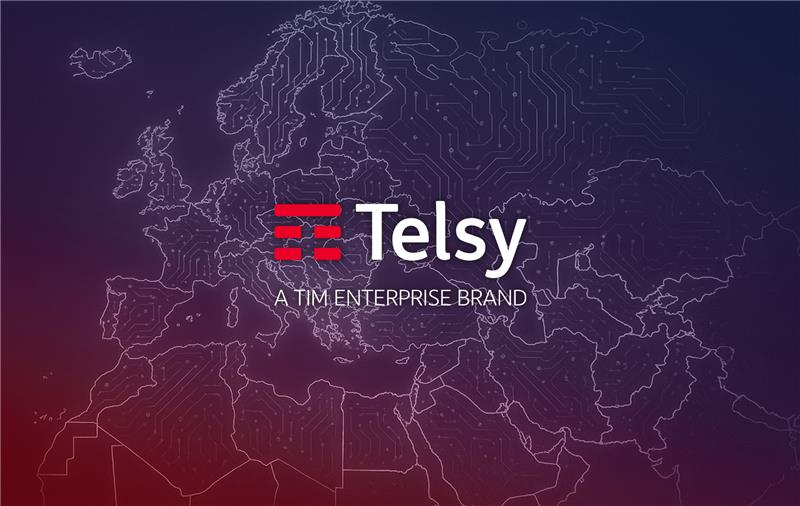As digital communications become the nervous system of modern nations, ensuring their security and governance has turned into a matter of strategic sovereignty. Sensitive data — from government exchanges to corporate and personal messages — often flows through platforms and infrastructures beyond national control. Italy’s push for secure, sovereign communications is now at the heart of its digital resilience.
Strategic asset. Digital communications are as critical as power grids, healthcare systems or transport networks.
- They carry classified, sensitive and personal information — often routed through channels managed by private global players rather than states.
- This dependence exposes nations to geopolitical and cyber risks, while giving Big Tech firms a para-sovereign role in shaping global information balances.
Digital sovereignty. Who owns, develops and governs the technologies enabling communication?
- Over-the-top platforms (WhatsApp, Telegram, Signal) centralize data and metadata, concentrating power far from European oversight.
By contrast, sovereign or proprietary solutions — such as TelsyInTouch App — offer decentralised control and compliance with EU standards. - Strategic dependency on extra-EU technologies (mainly US and Chinese) means that billions of sensitive exchanges traverse networks and data centres bound by non-European jurisdictions.
- Telsy and TIM Enterprise are investing to change that, developing sovereign platforms like TelsyInTouch and TelsyAntares, along with the Secure Microchip — a microcontroller designed to make foreign technologies “governable” under Italian and EU standard.
Governance challenge. True technological sovereignty hinges on four key conditions:
- data localisation and control, exclusive jurisdiction, management of cryptographic keys, and full security oversight.
- But implementation remains complex — hindered by high initial costs, technological dependencies, interoperability issues and evolving regulatory frameworks.
- Italy’s Polo Strategico Nazionale (PSN) marks a major step towards sovereign cloud infrastructure.
- However, current regulations may still leave critical data ultimately controlled by foreign entities, raising questions about the difference between formal and substantial sovereignty.
Global landscape. Internationally, regulatory fragmentation is widening.
- Some countries mandate “backdoors” for law-enforcement access — balancing privacy and public security in uneasy compromise.
Models diverge: the US prioritises tech leadership and legal control; the EU pursues cooperative but fragmented frameworks; Asia enforces closed, state-centric ecosystems; the Middle East invests heavily to build regional hubs. - Europe remains caught in a dual gap — technological, lacking homegrown hyperscalers, and regulatory, slowed by fragmented governance.
The result: the risk of becoming a passive consumer of foreign technology. - Vendor lock-in amplifies this dependency, trapping organisations in proprietary cloud environments, with high migration costs, compliance risks (GDPR), operational vulnerabilities and potential misuse of data by providers.
Expert’s take.
- “Digital and technological sovereignty is not an abstract concept but a necessary condition to ensure innovation, security and economic freedom. It is a strategic lever for resilience, competitiveness and digital trust. The challenge of the coming years will be to balance global openness with national control, interoperability with independence, growth with protection. In this transition, TIM, through TIM Enterprise and Telsy’s technological capabilities, represent an essential asset for Italy’s digital future” – Cristiano Alborè, Portfolio Development Director, Telsy.




